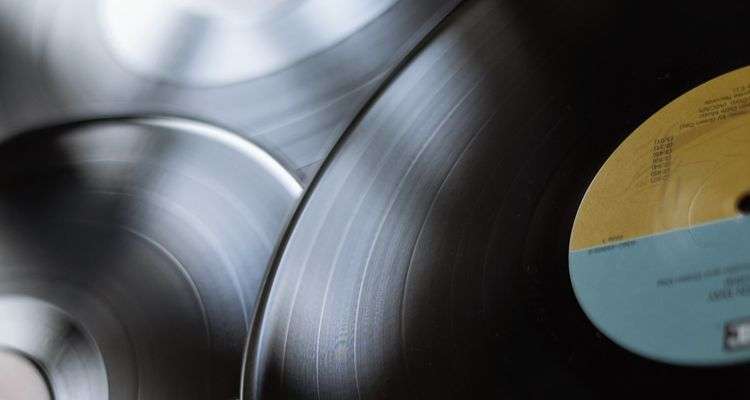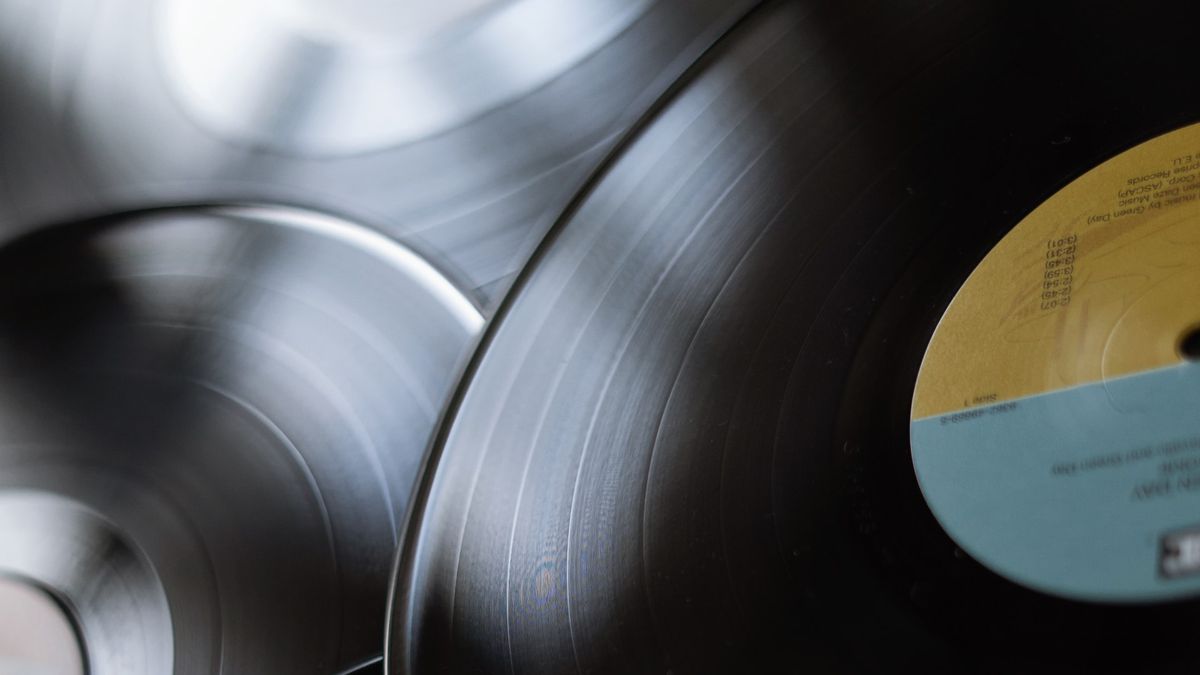
Photo Credit: Joyce G
A new vinyl pressing plant will begin operations in Southern California in 2023 to meet high demand.
Fidelity Record Pressing says it aims to be the country’s “premier vinyl production facility.” The plant’s co-owners Mobile Fidelity Sound Lab and Music Direct’s Jim Davis partnered with vinyl engineers Rick and Edward Hashimoto, a father and son team with 60 years of experience in pressing vinyl.
Vinyl production has continued to face delays as plants are faced with massive backlogs. In March 2022, Jack White called on major labels like UMG, Sony Music, and Warner Music to help alleviate the manufacturing woes experienced by vinyl pressing plants amid record demand.
“It’s 2022 now and it’s no longer a fad. Vinyl records have exploded in the last decade, and their demand is incredibly high. A small punk bank can’t get their record for 8 to 10 months. And now I ask the major labels – Warner, Universal, and Sony – to finally build your own pressing plants again,” White said in a YouTube video.
Mobile Fidelity Sound Lab is a California-based label specializing in the production of reissued vinyl LPs and other physical formats. It is owned by Music Direct, who is the world’s largest online retailer of high-end audio accessories. Fidelity will become the future production home of all Mobile Fidelity Sound Lab vinyl releases.
“The biggest opportunity is the increased capacity for our related record label, Mobile Fidelity Sound Lab,” Jim David told Billboard about the announcement. “It’s been frustrating watching demand far outpace our ability to deliver records to our customers. The expanded capacity will enable us to issue records that aren’t just the standard classic rock and jazz for which we are known.
According to Davis, a good starting goal for Fidelity is to press two million LPs annually. He hopes the factory will eventually be able to increase its production up to 12 million LPs per year, based on the facility’s size. Davis says the biggest challenge has been coordinating the acquisition of record presses and the required infrastructure to run them.
“Conversations about opening a new record pressing facility started mid-2020 when it became apparent that demand for vinyl was far exceeding capacity,” Davis continues. “My partners and I viewed this not just as an opportunity to capitalize on a growing music sector, but also to advance the quality standard for vinyl.”

